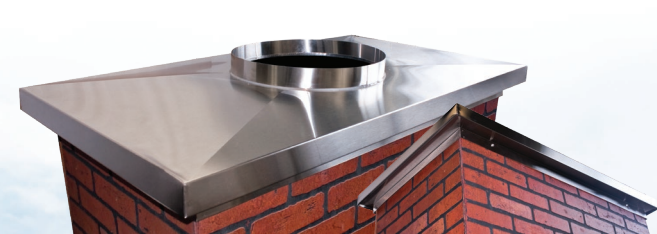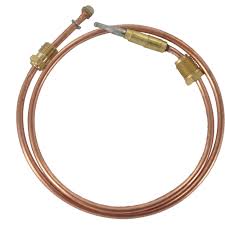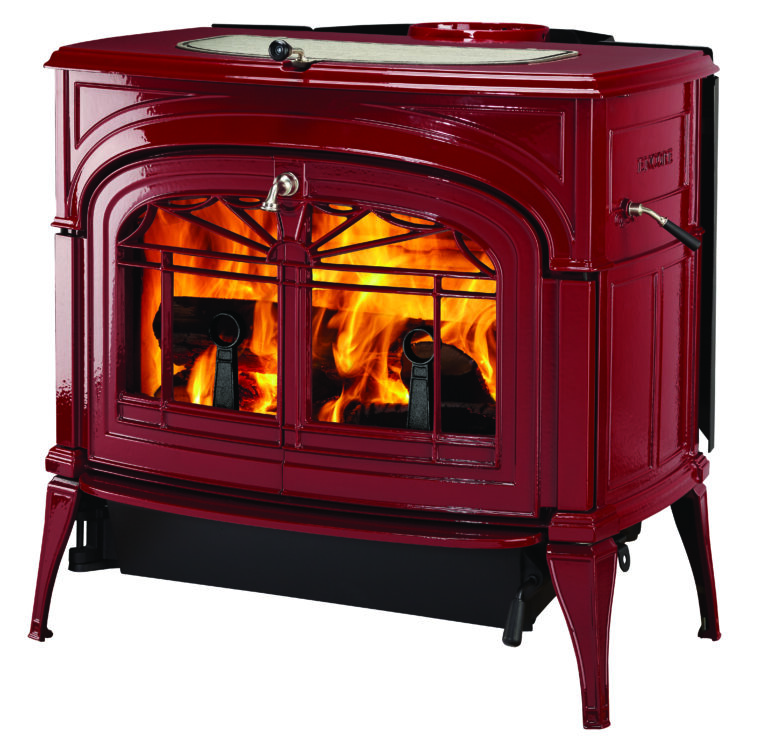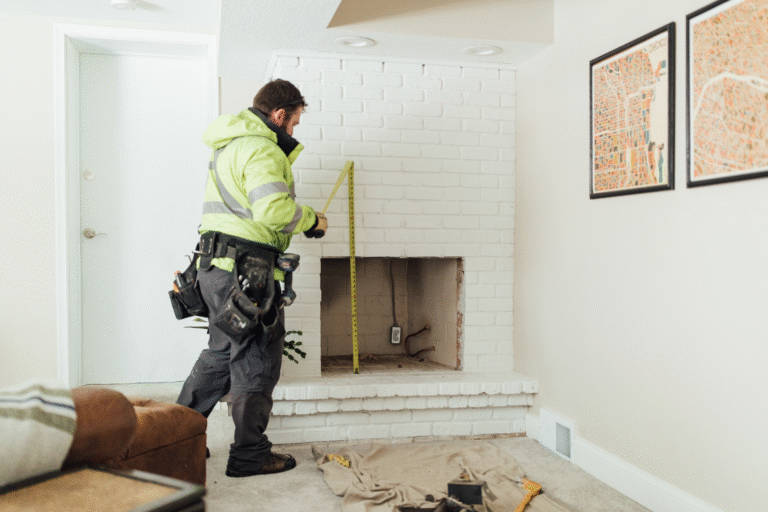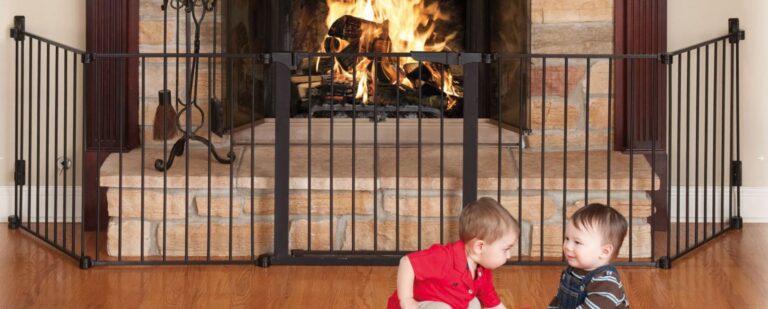Basement wood stoves can be wonderful, but the location introduces unique challenges that often lead to headaches and potential safety concerns. Today, we’ll explore back‑puffing, negative‑pressure planes, common air‑supply issues, safety implications, and why pellet stoves often emerge as a practical next move.
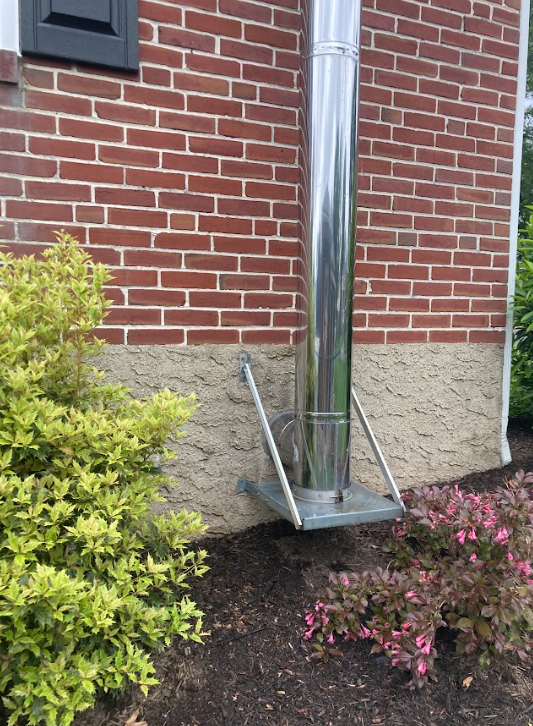
Why are Basement Wood Stove Installations so Common?
People love having wood stoves in basements because heat rises. It is common sense to want to take full advantage of the wood we work so hard to split, store and transport. Some homes have a basement wood stove and the hearth appliance functions perfectly. All homes are unique and many new homeowners in particular are finding basement wood stove installations to be cumbersome or downright dirty.
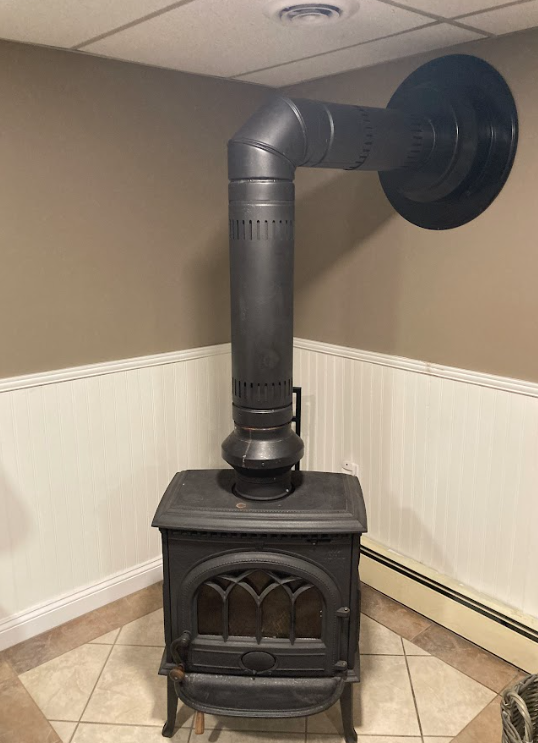
Why are Basement Wood Stoves so Challenging to Use?
Unfortunately, for many homes basement wood stoves most commonly have trouble heating up at the top of the chimney. This causes air to come rushing down the chimney into your home. Smoke in the home when starting a fire is the first sign a basement wood stove is going to be a long term headache. You can try to light a candle or a piece of paper near the entrance of the chimney from your wood stove. Sometimes heating up that space is enough to encourage the smoke up and into the chimney.
Back puffing is when the air supply to your wood stove gets cut off too suddenly, combustion gases inside the firebox get trapped. With nowhere to go, pressure builds, and instead of rising up the chimney, it reverses course and blasts out the stove door or air inlets. In a basement, where natural draft is already working uphill, these pressure surges are even more aggressive. It’s not uncommon to hear a soft thump before the room fills with a smoky cloud and a subtle scent of failure. These back bursts can warp door gaskets, crack ceramic glass, and startle the unprepared. This isn’t your stove being fussy, it’s a combustion imbalance screaming for attention.
Depending on environmental conditions, weather events such as rain storms on warmer days add pressure to the air. Additional pressure pushes smoke downward into your home. If you have smoke from an active wood stove fire coming into your home during a storm, we recommend no longer fueling the fire and letting it burn out.

Negative‑Pressure Plane: Invisible but Powerful
You’ve heard that warm air rises. Inside your house it creates a neutral‑pressure plane somewhere between basement and attic. Below that is negative pressure: air wants in. In practical terms, that means your basement stove is positioned in a zone that’s starving for air, but still close enough to the living spaces that smoke has a path back when the draft falters.
A common solution to try and work with your negative pressure plan is to “push the pressure plane downward.” You can accomplish this by installing a smaller liner (which has restrictions based on your municipality) or altering how well your home is sealed. (For an older farm home, it will be challenging to change the negative pressure plane without significant expense.) If your home has a walk out or open access to the outdoors, it might be that the pressure plane is less of a factor than stated here. It is highly recommended to have a certified fireplace professional inspect your chimney.

Why Home Air Tightness and Exhaust Fans Make it Worse?
Basements often suffer from tighter seals or oversized return vents. Run a bathroom fan, dryer, or kitchen hood upstairs, and the basement stove loses draft. Tightly sealed homes combined with active exhaust systems create a pressure imbalance that suffocates the stove.
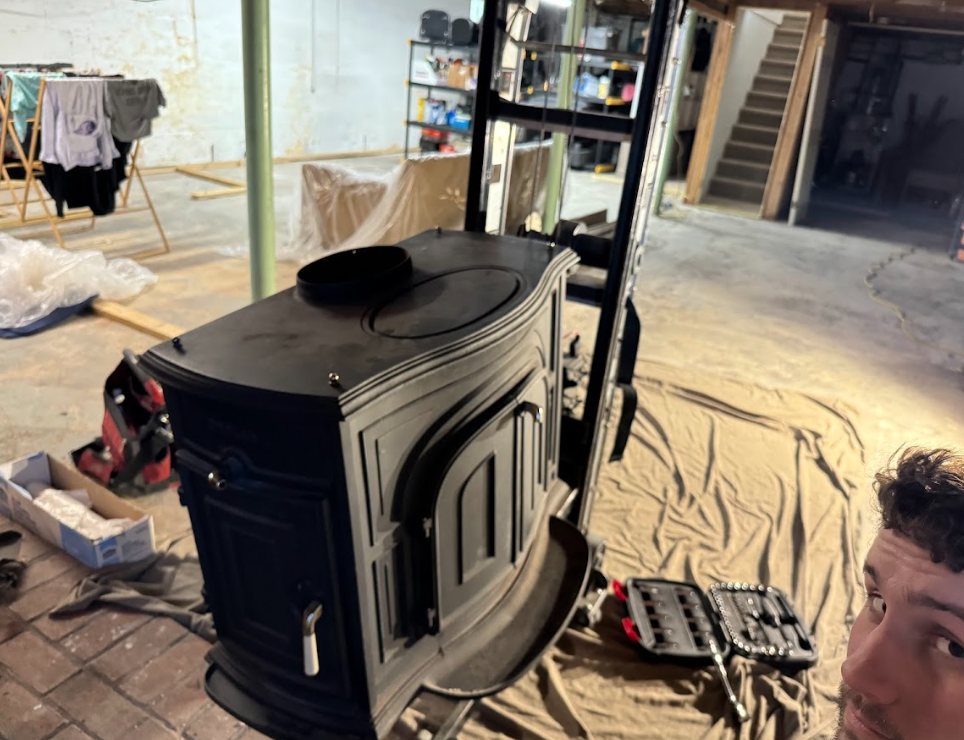
Core Safety Hazards to Watch with Basement Wood Stoves
- Back‑puffing can damage equipment: air control seals, pipe seams, stove door glass.
- Smoke and CO intrusion: every puff-back sends smoke and particulates into your space; persistent negative pressure can lead to CO buildup.
- Chimney obstructions: creosote, nests or debris worsen draft issues and increase back‑puff risk. Regular CSIA‑certified sweeps are non-negotiable.
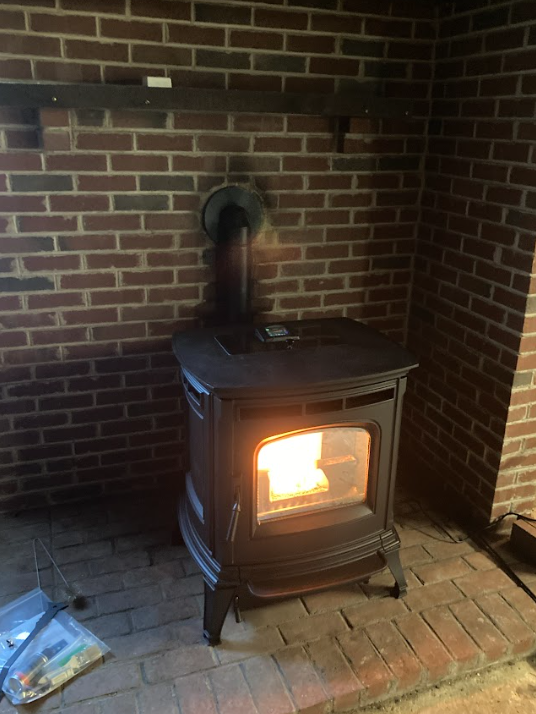
What Can You Do to Improve Draft and Air Supply Before Replacement?
- Match‑test your draft before firing: light a match at the flue collar with an upward pull = good; neutral = risky; outward push = harsh danger.
- Encourage draft: warm your chimney with newspaper, hairdryer, heat gun. Allow intake of fresh air, open a window or add an outside air kit (OAK) tied below the neutral plane.
- Avoid abrupt draft reduction: reduce primary air in stages to prevent whuffs.
- Mechanical helpers such as draft fans or “draw collars.” Chimney-top or inline fans can stabilize draft in tight homes or short chimneys, but are often cumbersome and break frequently.
Long‑Term Solution: Pellet Stoves
Here’s why smart homeowners often transition to a basement pellet stove from a basement wood stove:
-
Sealed combustion system doesn’t pull from house, so immune to negative pressure.
-
Automated fuel feed and controls prevent whuffing and optimize airflow.
-
Consistent performance in cold basements, lower CO risk, and clean burn.

Next Steps for Your Basement Wood Stove
-
Run a match flame draft test before lighting.
-
Consider temporary draft fixes: open basement window, run a draw collar, install OAK.
-
If issues persist, especially CO or whuffing, think long-term: pellet stove delivers consistent, safe heat.
Given persistent draft issues or pressure imbalances, pellet stoves combine comfort with peace of mind and usually offer easier installation thanks to venting flexibility.
Check out some of The Stove Shop’s other Fireplace Experts Blog articles about Pellet Stoves:
Our mission at The Stove Shop is to help our customers stay warm and save money. Since 1977, our family business has been committed to our core values.
